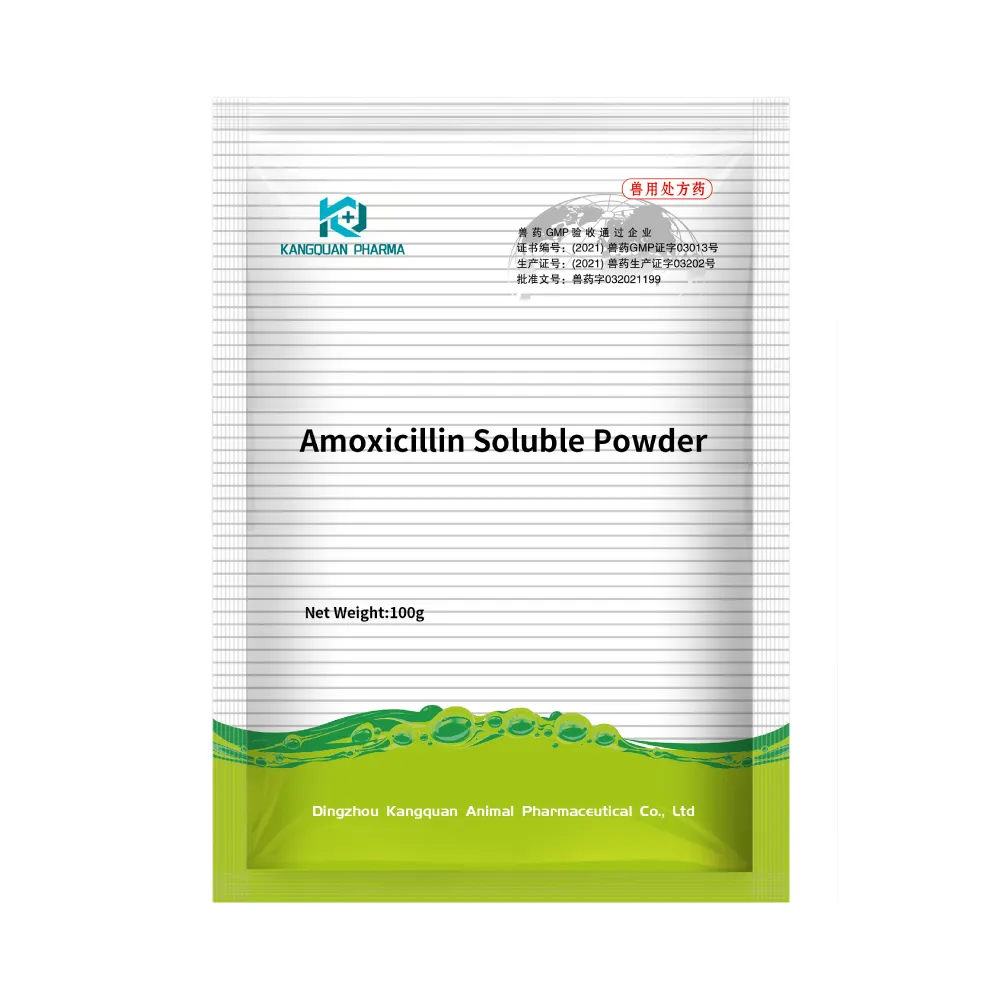- Afrikaans
- Albanian
- Amharic
- Arabic
- Armenian
- Azerbaijani
- Basque
- Belarusian
- Bengali
- Bosnian
- Bulgarian
- Catalan
- Cebuano
- Corsican
- Croatian
- Czech
- Danish
- Dutch
- English
- Esperanto
- Estonian
- Finnish
- French
- Frisian
- Galician
- Georgian
- German
- Greek
- Gujarati
- Haitian Creole
- hausa
- hawaiian
- Hebrew
- Hindi
- Miao
- Hungarian
- Icelandic
- igbo
- Indonesian
- irish
- Italian
- Japanese
- Javanese
- Kannada
- kazakh
- Khmer
- Rwandese
- Korean
- Kurdish
- Kyrgyz
- Lao
- Latin
- Latvian
- Lithuanian
- Luxembourgish
- Macedonian
- Malgashi
- Malay
- Malayalam
- Maltese
- Maori
- Marathi
- Mongolian
- Myanmar
- Nepali
- Norwegian
- Norwegian
- Occitan
- Pashto
- Persian
- Polish
- Portuguese
- Punjabi
- Romanian
- Russian
- Samoan
- Scottish Gaelic
- Serbian
- Sesotho
- Shona
- Sindhi
- Sinhala
- Slovak
- Slovenian
- Somali
- Spanish
- Sundanese
- Swahili
- Swedish
- Tagalog
- Tajik
- Tamil
- Tatar
- Telugu
- Thai
- Turkish
- Turkmen
- Ukrainian
- Urdu
- Uighur
- Uzbek
- Vietnamese
- Welsh
- Bantu
- Yiddish
- Yoruba
- Zulu
8 月 . 13, 2024 19:16 Back to list
Understanding Cold Sterilization Techniques Using Glutaraldehyde for Effective Disinfection in Healthcare Settings
The Role of Glutaraldehyde in Cold Sterilization
Cold sterilization is a critical process in various industries, particularly in healthcare and laboratory settings, aimed at eliminating all forms of microbial life. Among the various agents used for this purpose, glutaraldehyde stands out as a highly effective disinfectant and sterilizing agent. This article will explore the properties, applications, and safety considerations of glutaraldehyde in cold sterilization.
Properties of Glutaraldehyde
Glutaraldehyde is a colorless, oily liquid with a distinct pungent odor, classified as an aldehyde. Its chemical formula is C5H8O2, and it is known for its exceptional ability to inactivate bacteria, viruses, fungi, and spores. Glutaraldehyde works by cross-linking the proteins and nucleic acids of microorganisms, ultimately leading to their death or incapacitation. This mode of action makes it an ideal choice for cold sterilization, as it can achieve effective disinfection at room temperature without the need for heat.
Applications of Glutaraldehyde in Cold Sterilization
In the healthcare sector, glutaraldehyde is widely used for sterilizing heat-sensitive medical and dental instruments. Surgical instruments made from plastics or rubber, which cannot withstand high temperatures, can be safely immersed in a glutaraldehyde solution. The typical concentration for cold sterilization is usually between 2% to 3%, with a recommended immersion time ranging from 10 to 30 minutes, depending on the level of contamination.
In addition to its use in healthcare, glutaraldehyde finds applications in laboratories, particularly in microbiology, pathology, and histology. It is utilized for preserving biological specimens and tissues, where its fixation properties help maintain the structure and integrity of samples for microscopic examination.
cold sterilization glutaraldehyde

Moreover, the disinfection of endoscopes and other delicate medical devices is another significant application of glutaraldehyde. These devices often come in contact with mucous membranes and require thorough sterilization to prevent infection. Glutaraldehyde provides a reliable means of achieving high-level disinfection in these instances.
Safety Considerations
While glutaraldehyde is highly effective as a cold sterilizing agent, it is essential to consider its toxicity and potential health effects. Prolonged exposure to glutaraldehyde vapors can lead to respiratory issues, skin irritation, and allergic reactions. As such, it is critical to handle glutaraldehyde in well-ventilated areas, and appropriate personal protective equipment (PPE) such as gloves, goggles, and masks should be worn during its use.
Furthermore, storage of glutaraldehyde should be in a cool, dry place away from light and incompatible substances. It is important to adhere to the manufacturer’s instructions regarding its use and disposal to minimize environmental impact and safety risks.
Conclusion
Glutaraldehyde plays an indispensable role in cold sterilization, particularly in the healthcare and laboratory sectors. Its effectiveness in inactivating a broad spectrum of microorganisms makes it an essential tool for ensuring the safety and efficacy of medical devices and instruments. However, adequate safety measures must be in place to protect users from its potentially harmful effects. As technology and science continue to evolve, ongoing research into safer alternatives and improved applications of glutaraldehyde will be crucial in maximizing its benefits while minimizing risks.
-
The Power of Radix Isatidis Extract for Your Health and Wellness
NewsOct.29,2024
-
Neomycin Sulfate Soluble Powder: A Versatile Solution for Pet Health
NewsOct.29,2024
-
Lincomycin Hydrochloride Soluble Powder – The Essential Solution
NewsOct.29,2024
-
Garamycin Gentamicin Sulfate for Effective Infection Control
NewsOct.29,2024
-
Doxycycline Hyclate Soluble Powder: Your Antibiotic Needs
NewsOct.29,2024
-
Tilmicosin Premix: The Ultimate Solution for Poultry Health
NewsOct.29,2024













